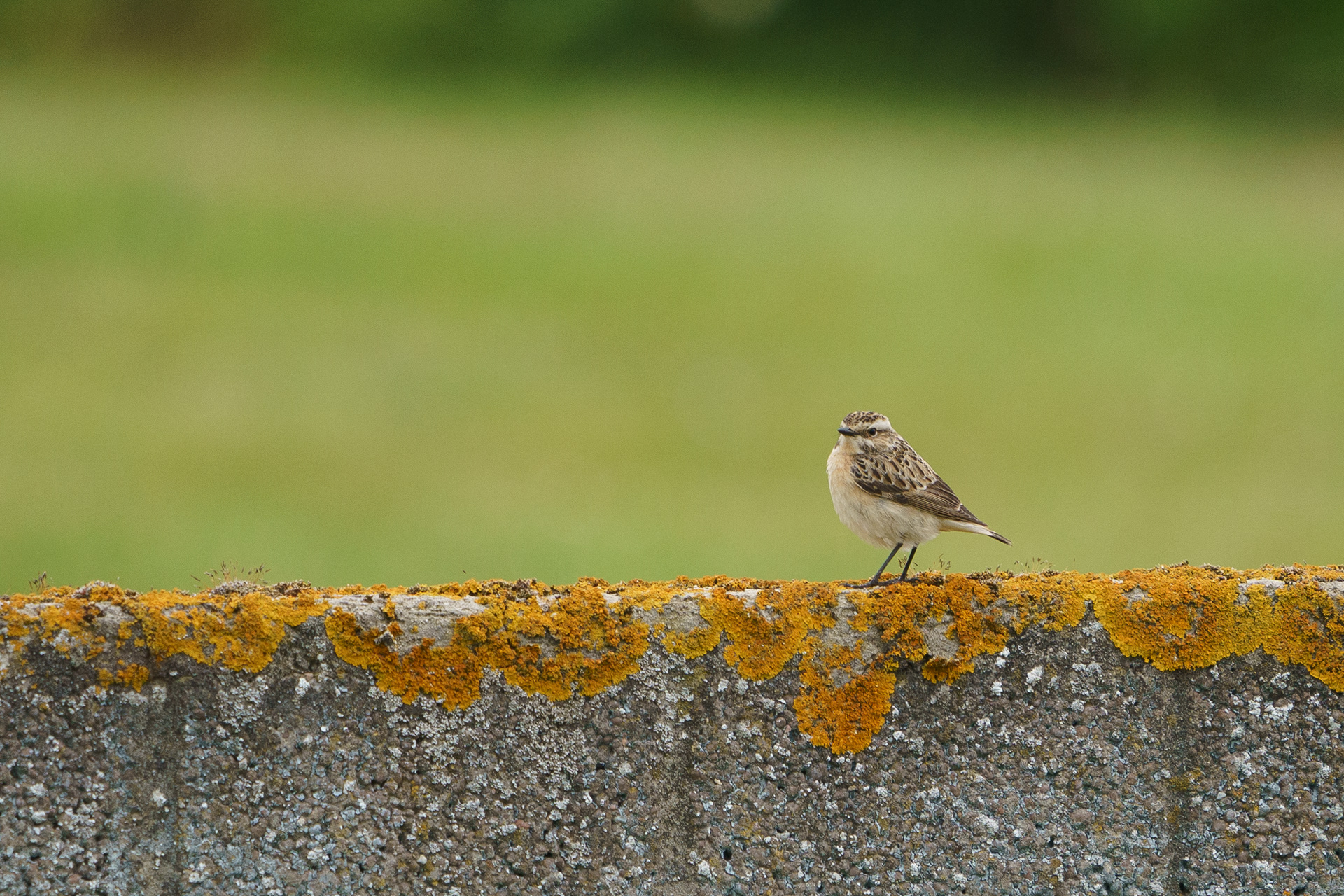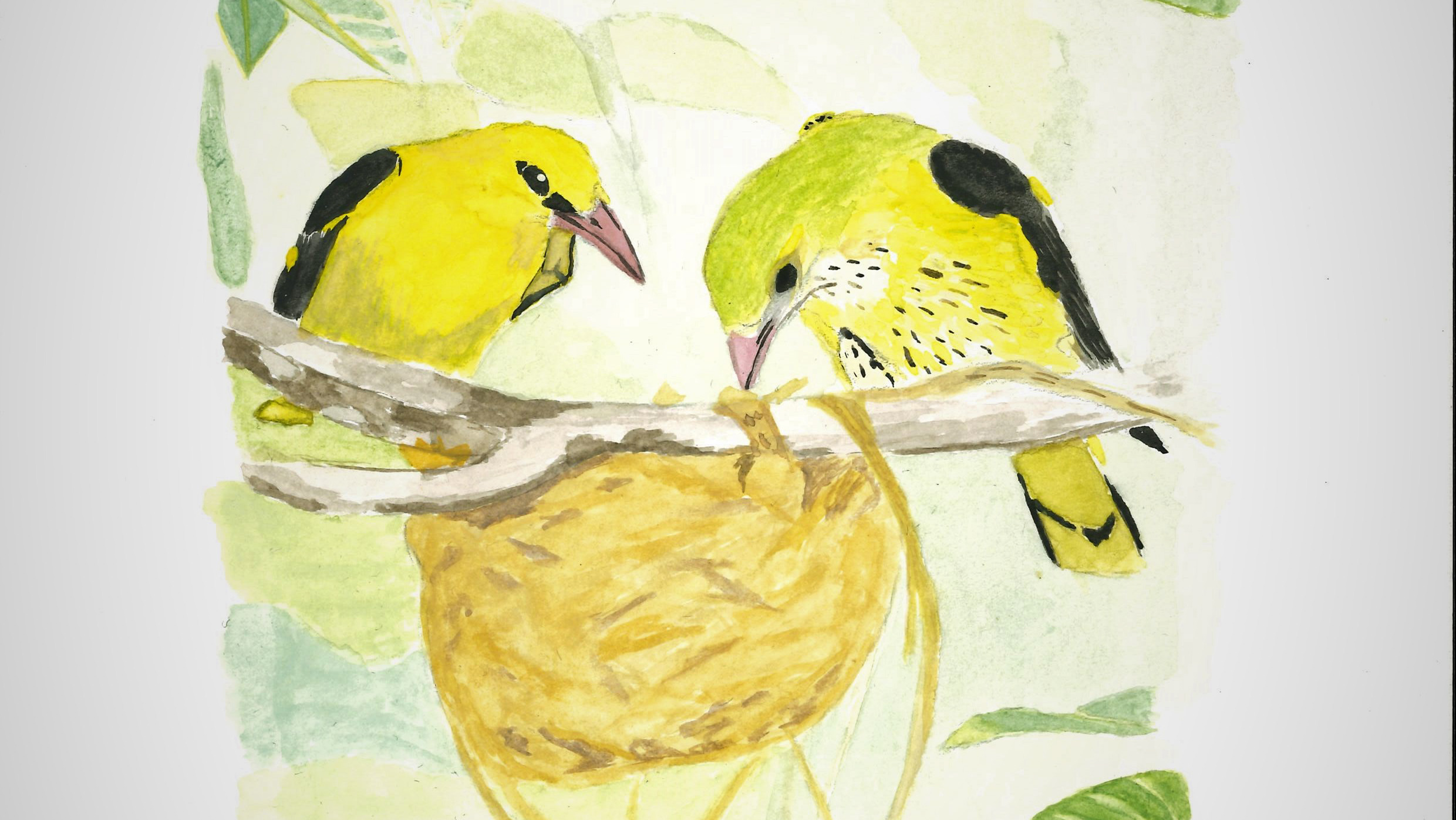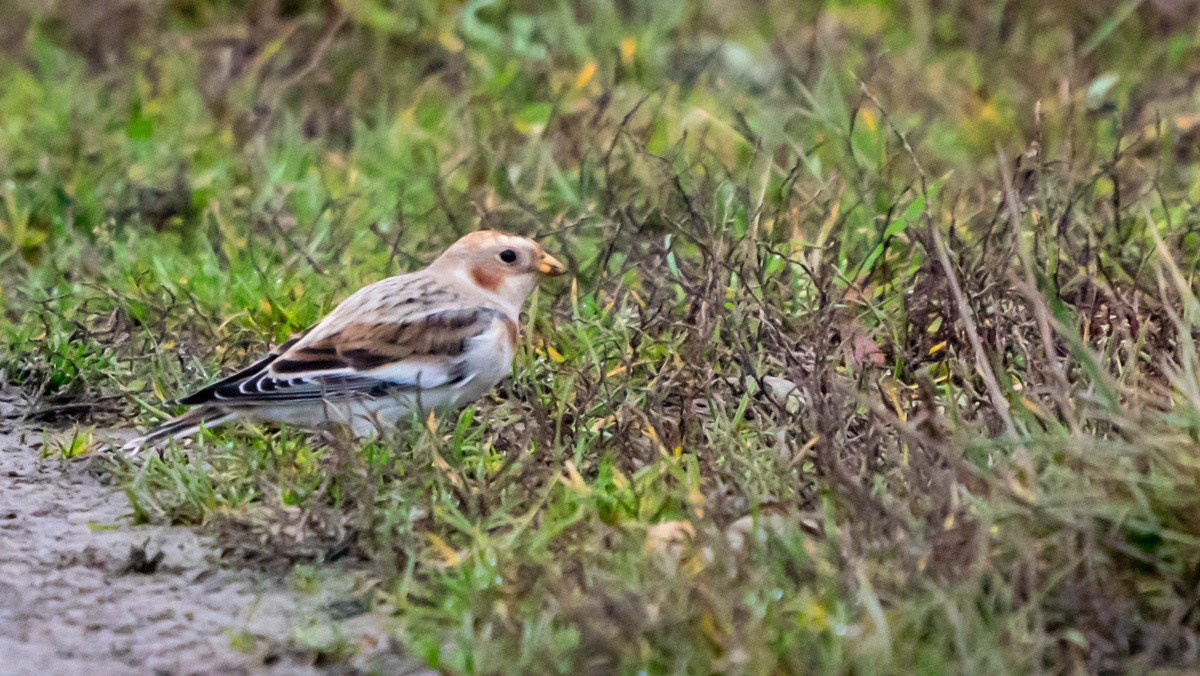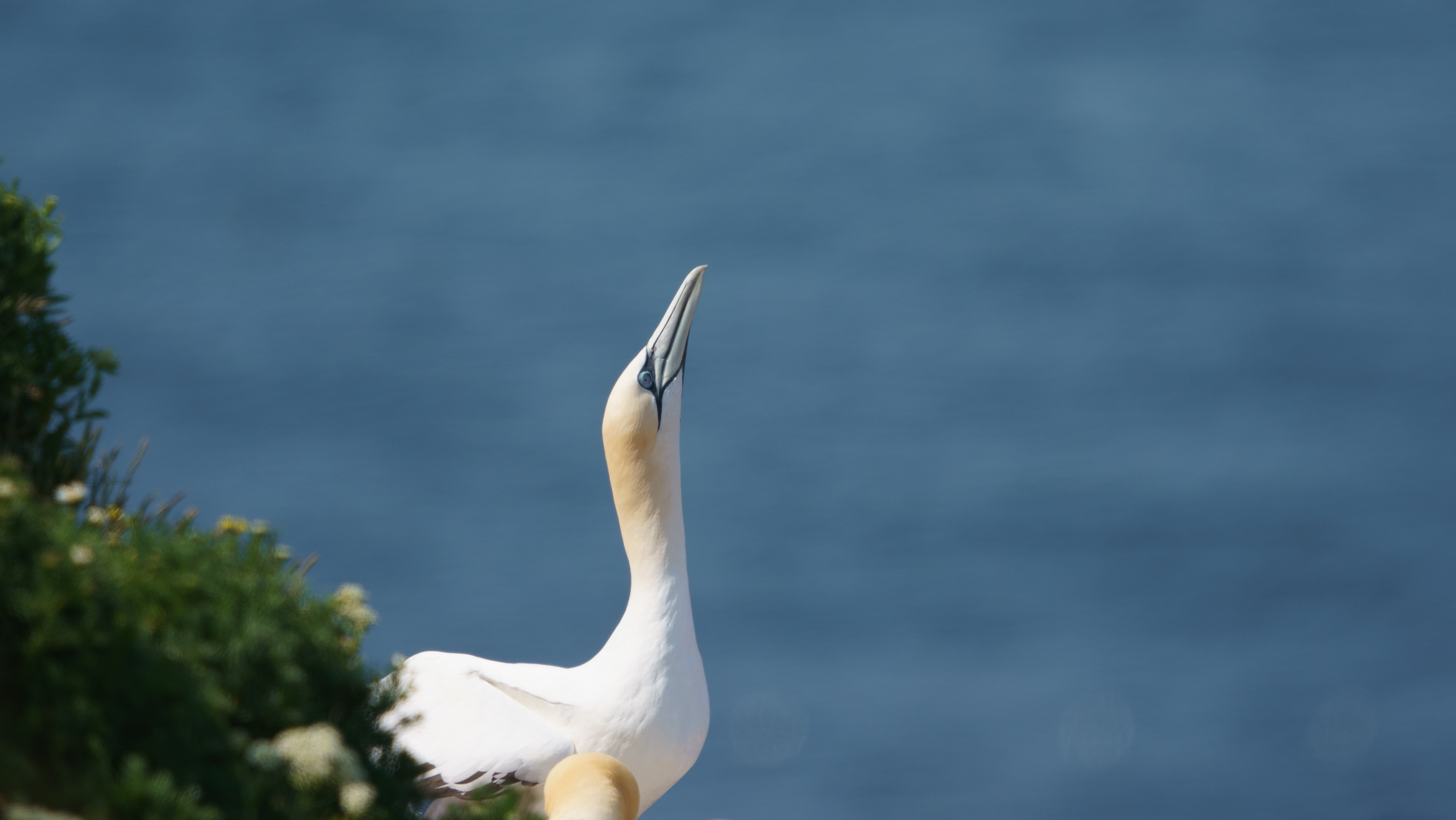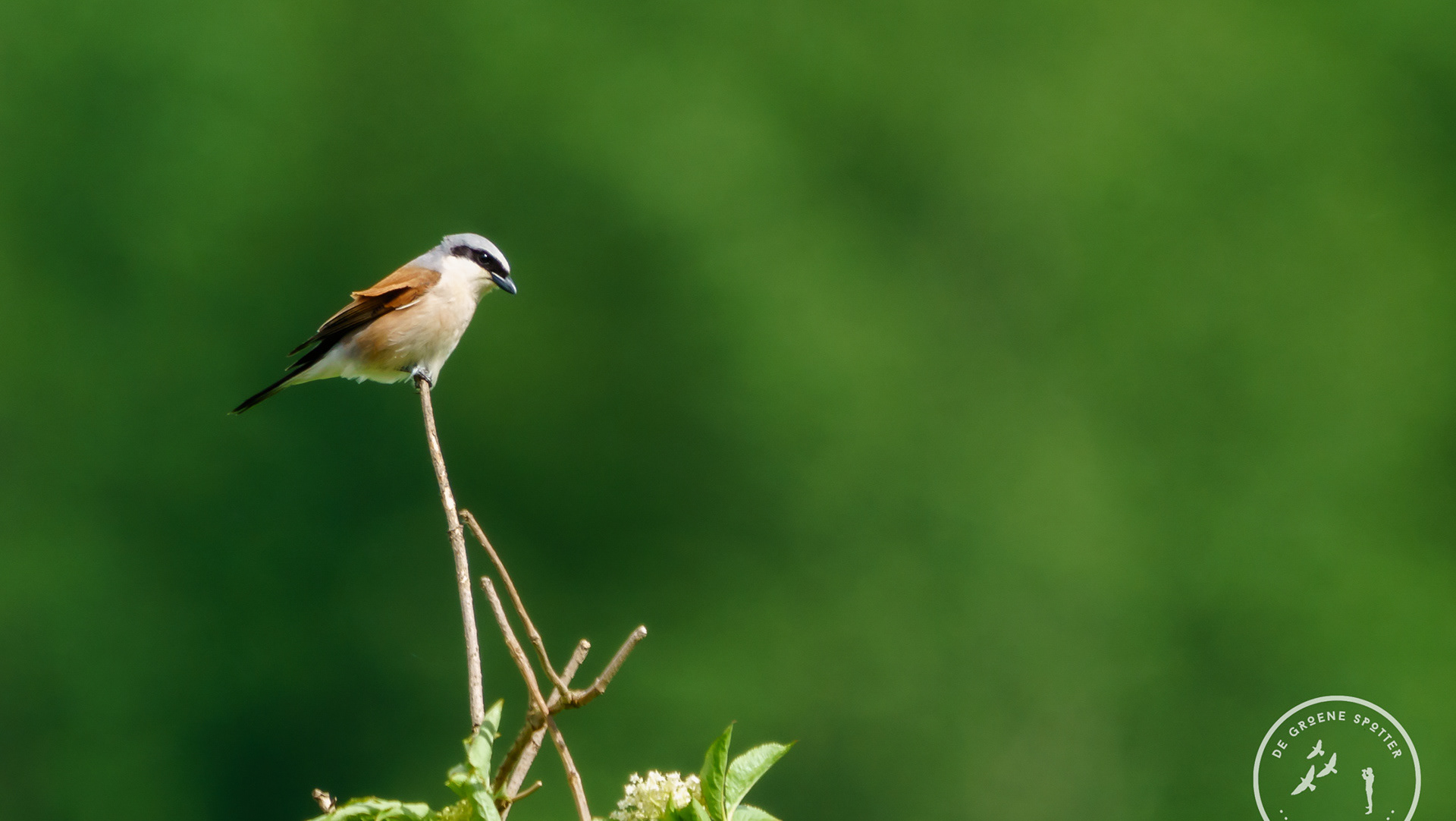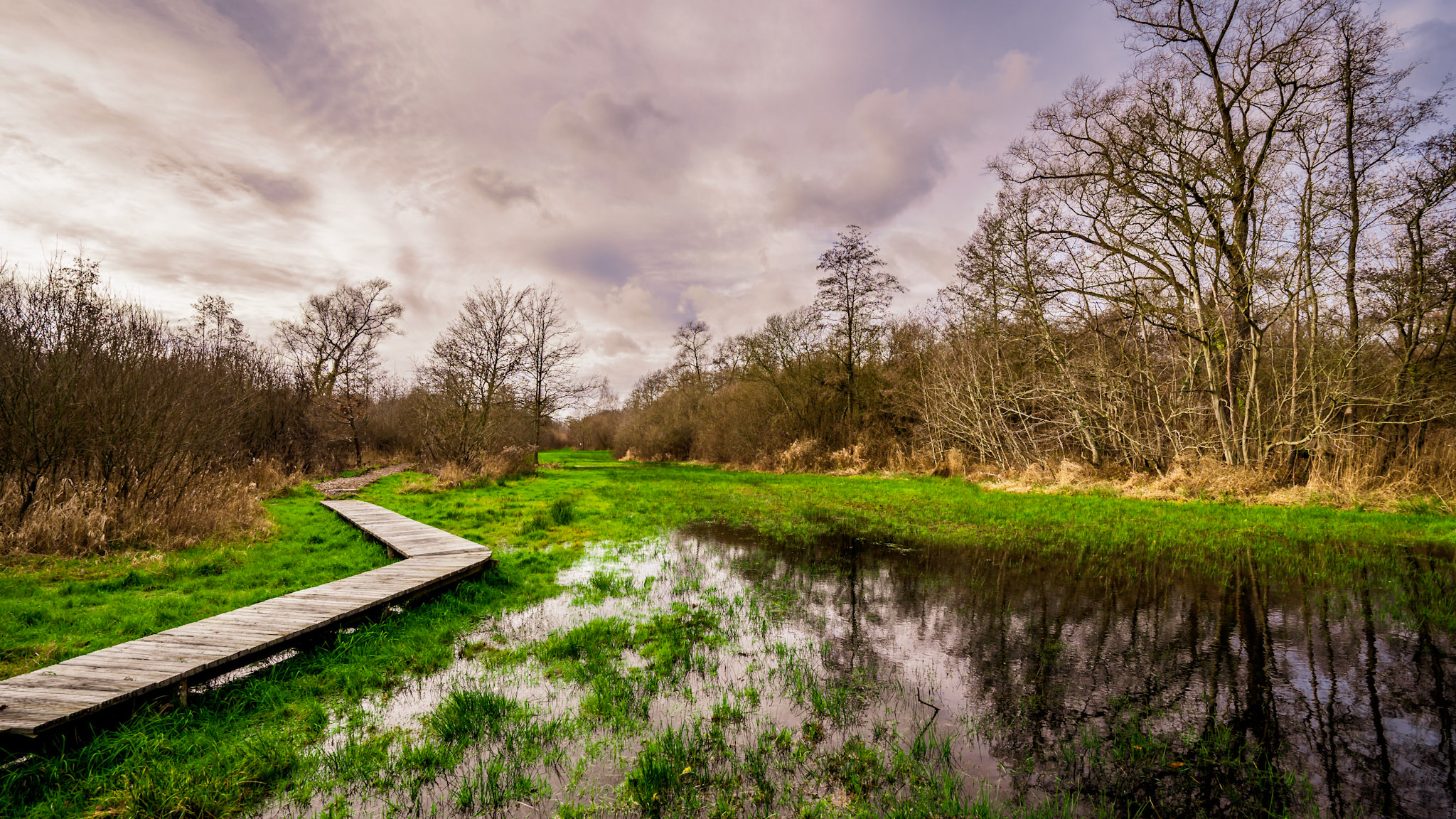Sandpipers, seals and lovely ponds
As written earlier, the nearby neighbouring island of Düne is an ideal location to spot seals, but also to observe various beachcombers.
The wider beaches provide a better habitat than the small patches of beach on the main island.
On arrival at the quay, you can't help but watch the many Eiders on the rocks and in the water.
The wider beaches provide a better habitat than the small patches of beach on the main island.
On arrival at the quay, you can't help but watch the many Eiders on the rocks and in the water.
Morning is usually the best time to visit the beaches as you are more likely to see the many Oystercatchers (Haematopus ostralegus) and Common Ringed Plovers (Charadrius hiaticula) with their young foraging along the waterline. Besides the water birds, you can also see the Common and Grey Seal lazing on the beach.
However, it is mandatory to keep a distance of 30-40 metres to allow the seals to rest in safety.
Returning to the "beach lapwings" for a moment, you clearly notice that Common Ringed Plovers have a close family relationship with our lapwings on Flemish fields. Like Northern Lapwings (Vanellus vanellus), Common Ringed Plovers also make a simple hole in the ground as a nest. When birds of prey lurk for a quick bite, the parents pretend to have a lame wing. This is precisely what a Northern Lapwing also does.
The search for Horned Larks (Eremophila alpestris) bore little fruit. A few days before, they were still present in a group of about 20 birds.
Nevertheless, I was particularly pleased to observe a Purple Sandpiper (Calidris maritima) along the beaches.
Nevertheless, I was particularly pleased to observe a Purple Sandpiper (Calidris maritima) along the beaches.
At Düne airfield, you will see many Pied Wagtails (Motacilla alba yarelli) and Grey-headed Wagtail (Motacilla flava thunbergi) bustling about. Close to this small airfield with the only restaurant on the small dune island, you have two pools. These are definitely not to be missed. It is a nice change of scenery to walk down a path between the bushes towards a pool. Thanks to its location and groundwater level, there is always water here. There, in the reeds, you are sure to hear Marsh Warblers (Acrocephalus palustris) singing and Water Rails (Rallus aquaticus) calling. A nice extra are the several pairs of Spotted Flycatchers (Muscicapa striata), which do not appear to be shy of bird watchers.
In the centre, the island is covered with shrubs (Buckthorn and Bramble) and Rosehip.
Ideal spots, therefore, for Lesser Whitethroat (Curruca curruca), Common Linnet (Linaria cannabina)and Common Whitethroat (Sylvia communis).
In the centre, the island is covered with shrubs (Buckthorn and Bramble) and Rosehip.
Ideal spots, therefore, for Lesser Whitethroat (Curruca curruca), Common Linnet (Linaria cannabina)and Common Whitethroat (Sylvia communis).
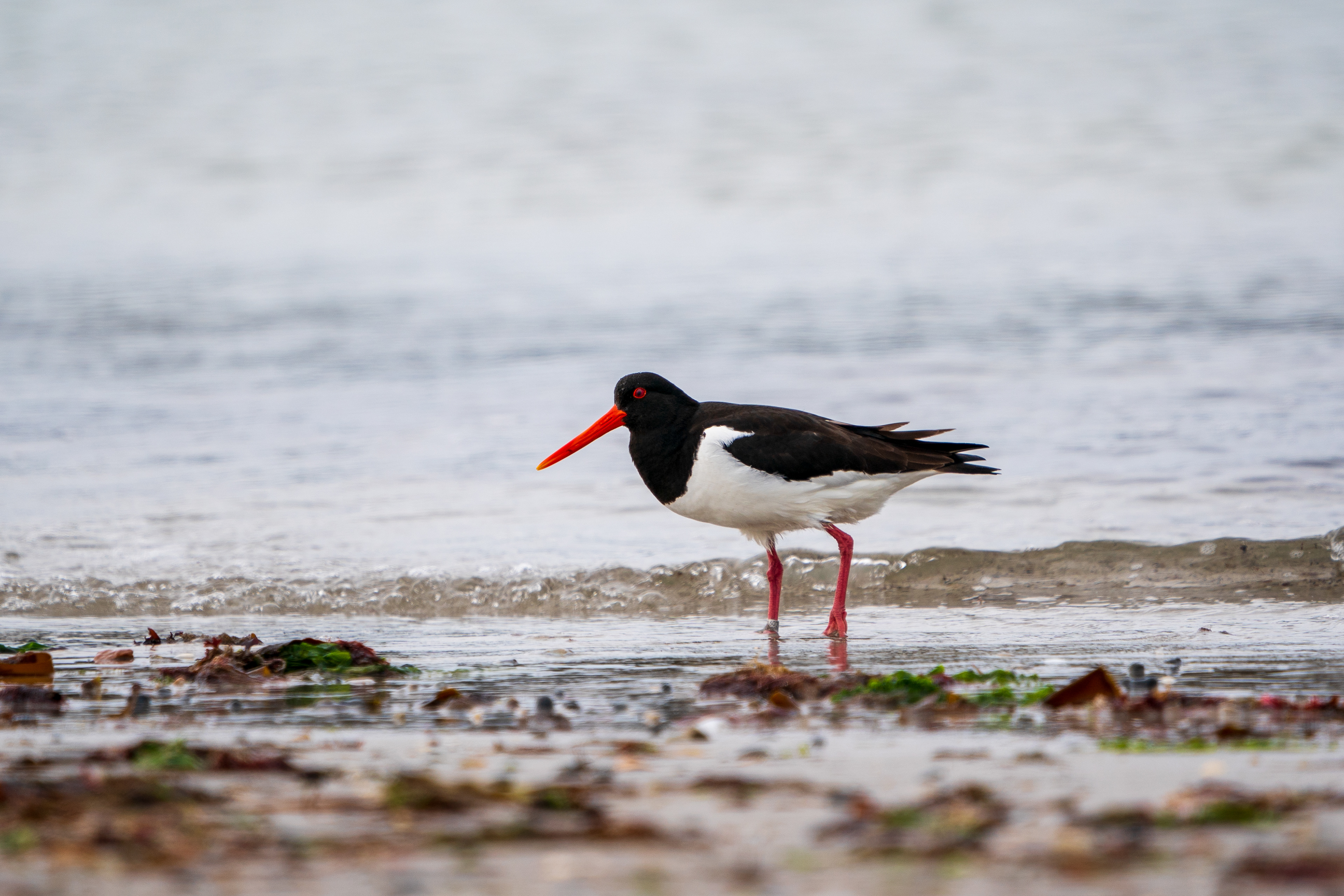
Eurasian Oystercatcher
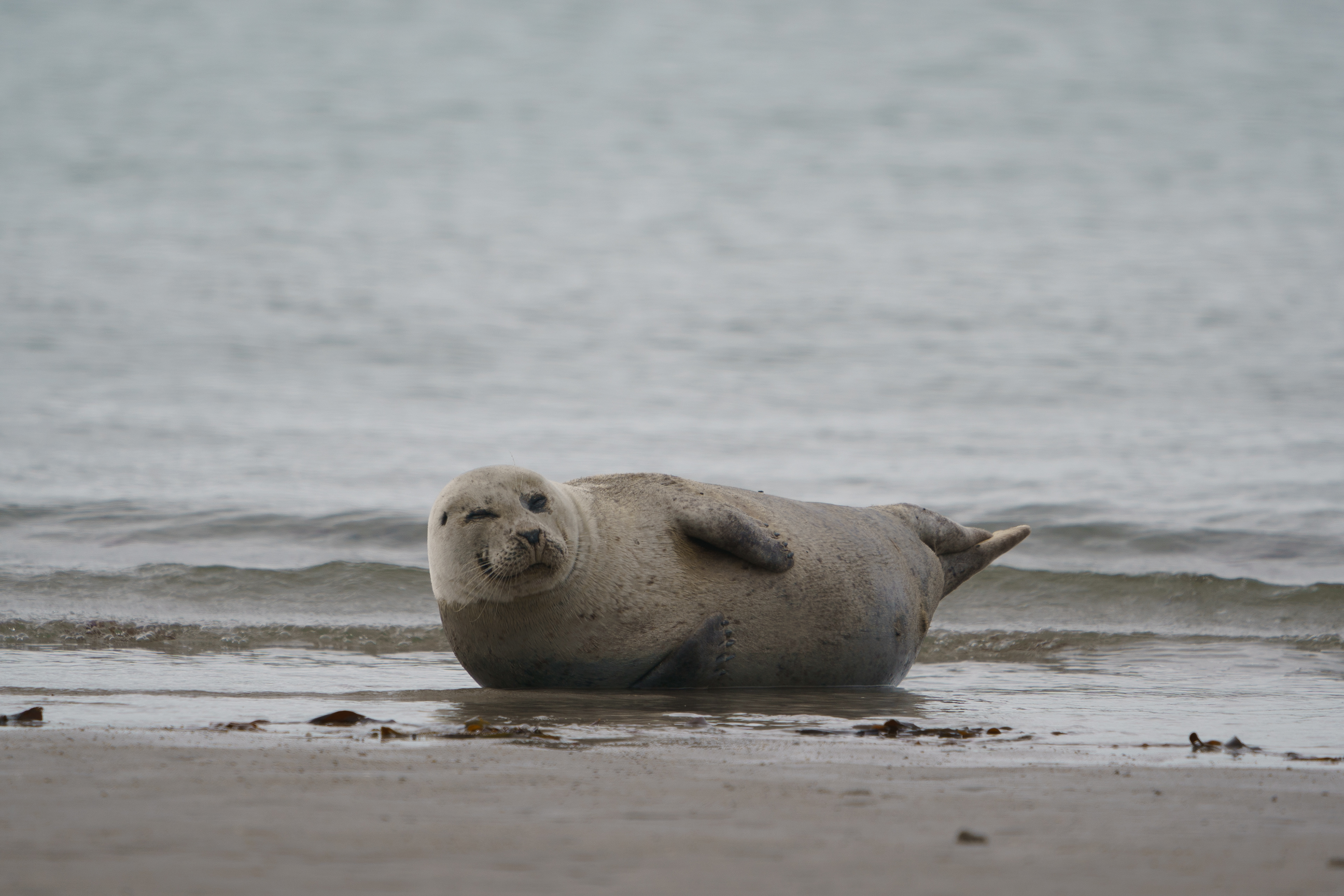
Common Seal
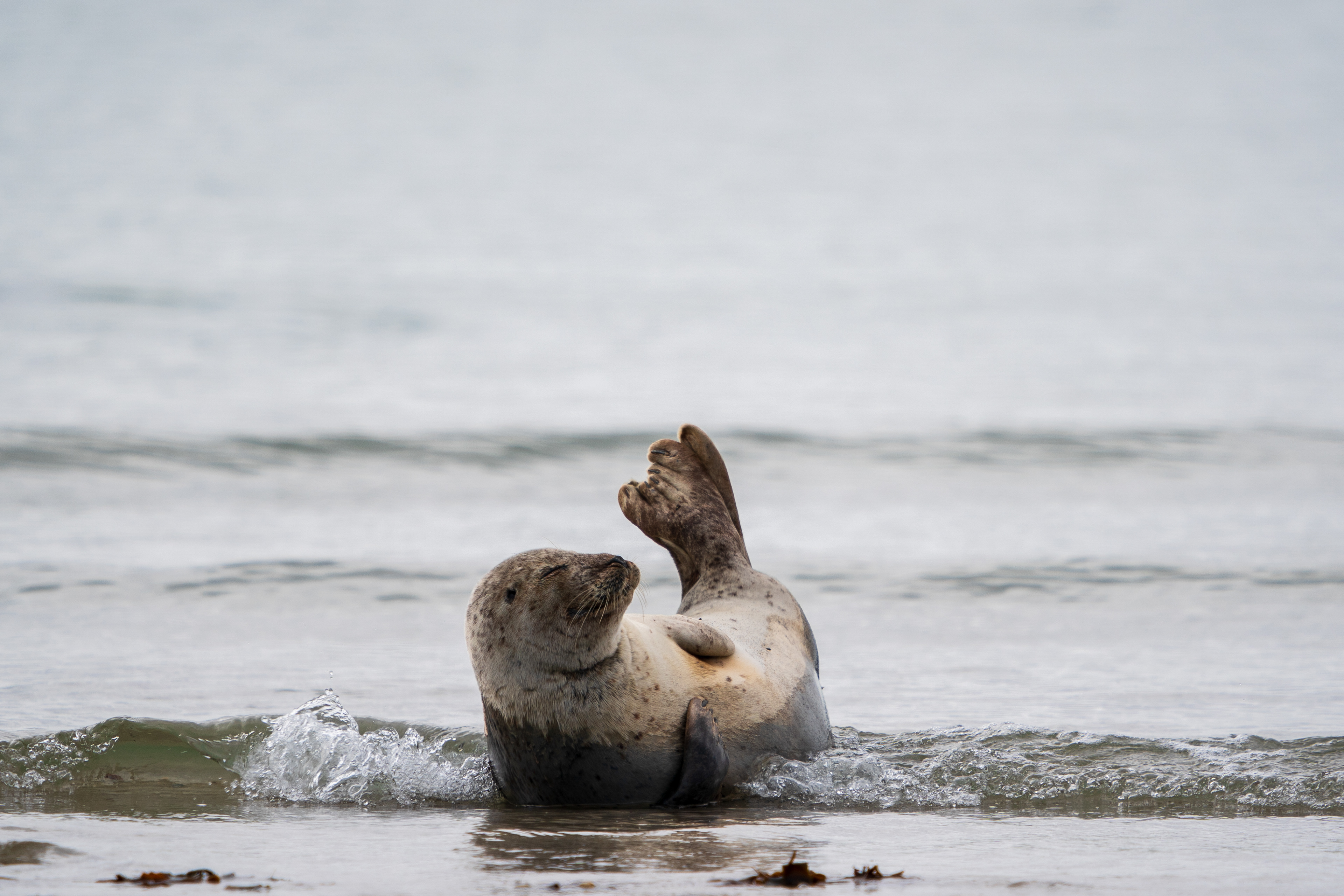
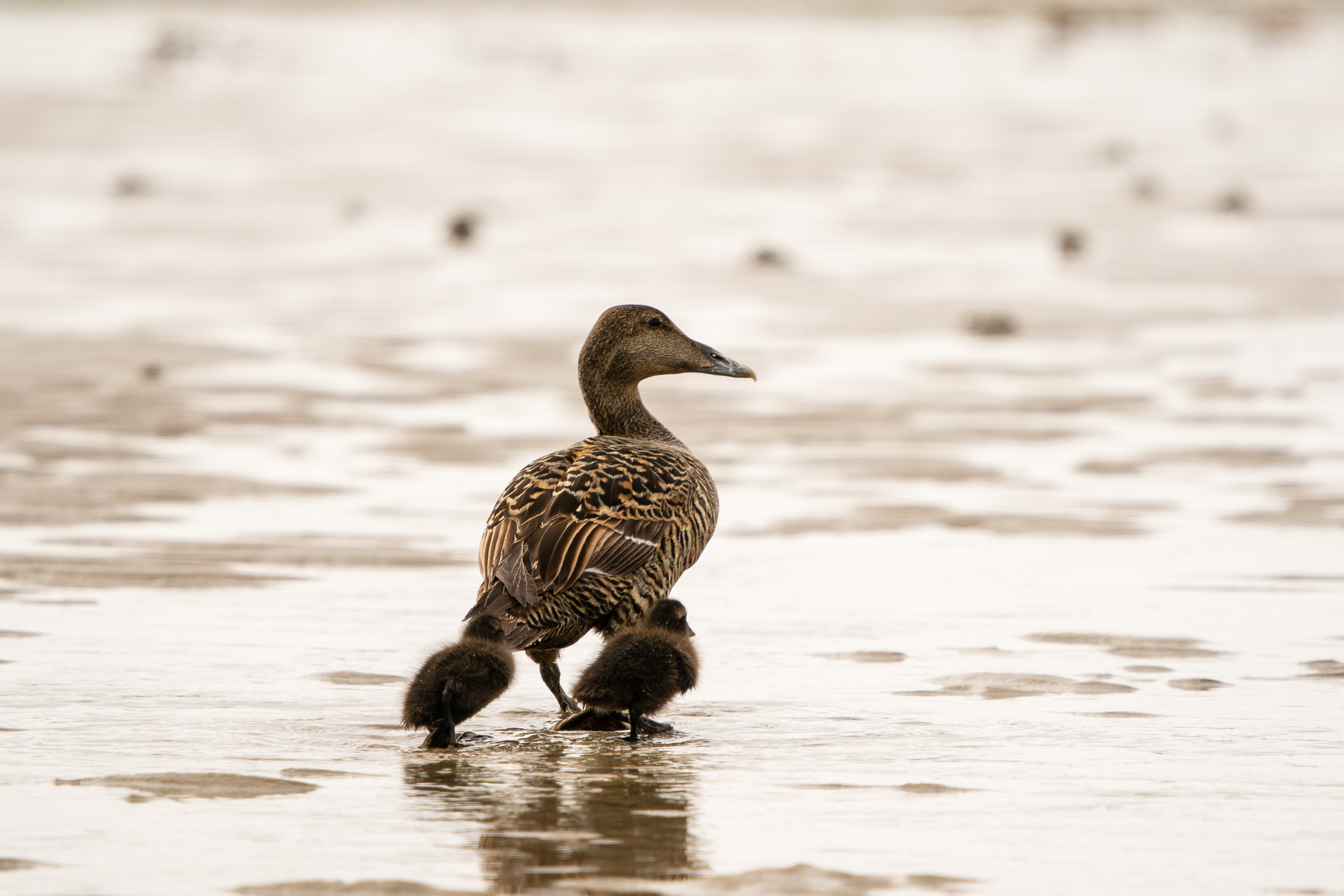
Female Common Eider with chicks
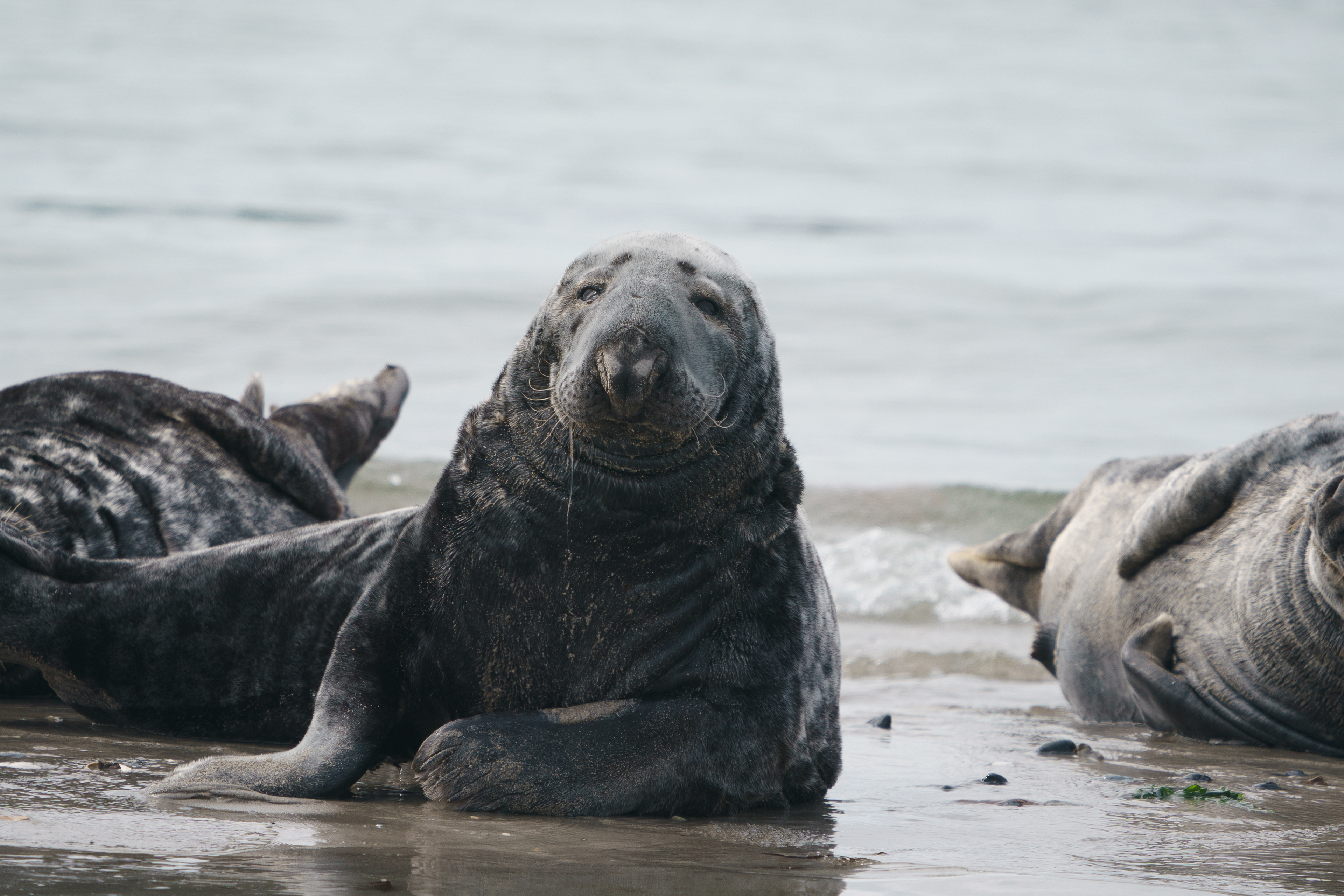
Grey Seal
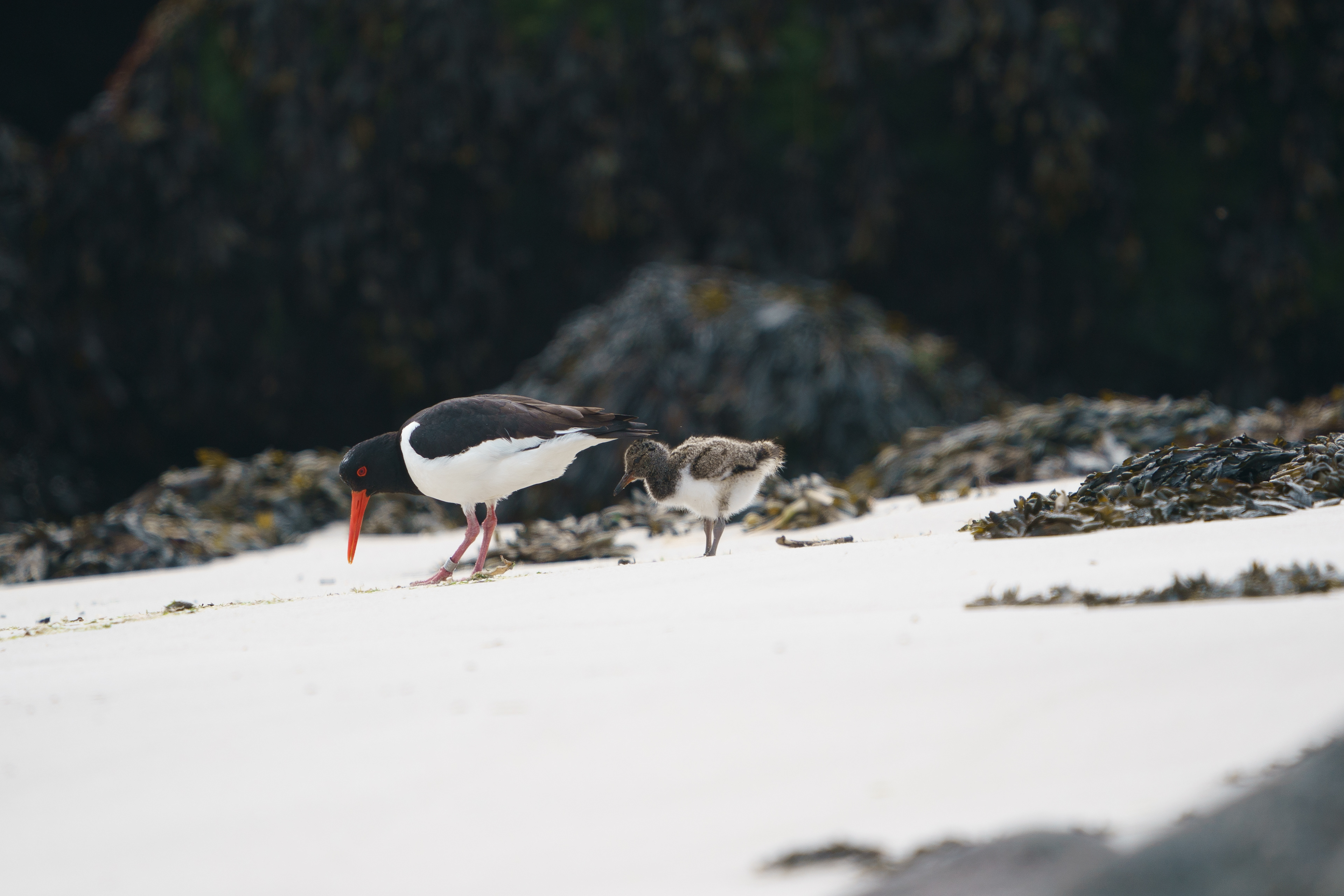
Eurasian Oystercatcher and chick
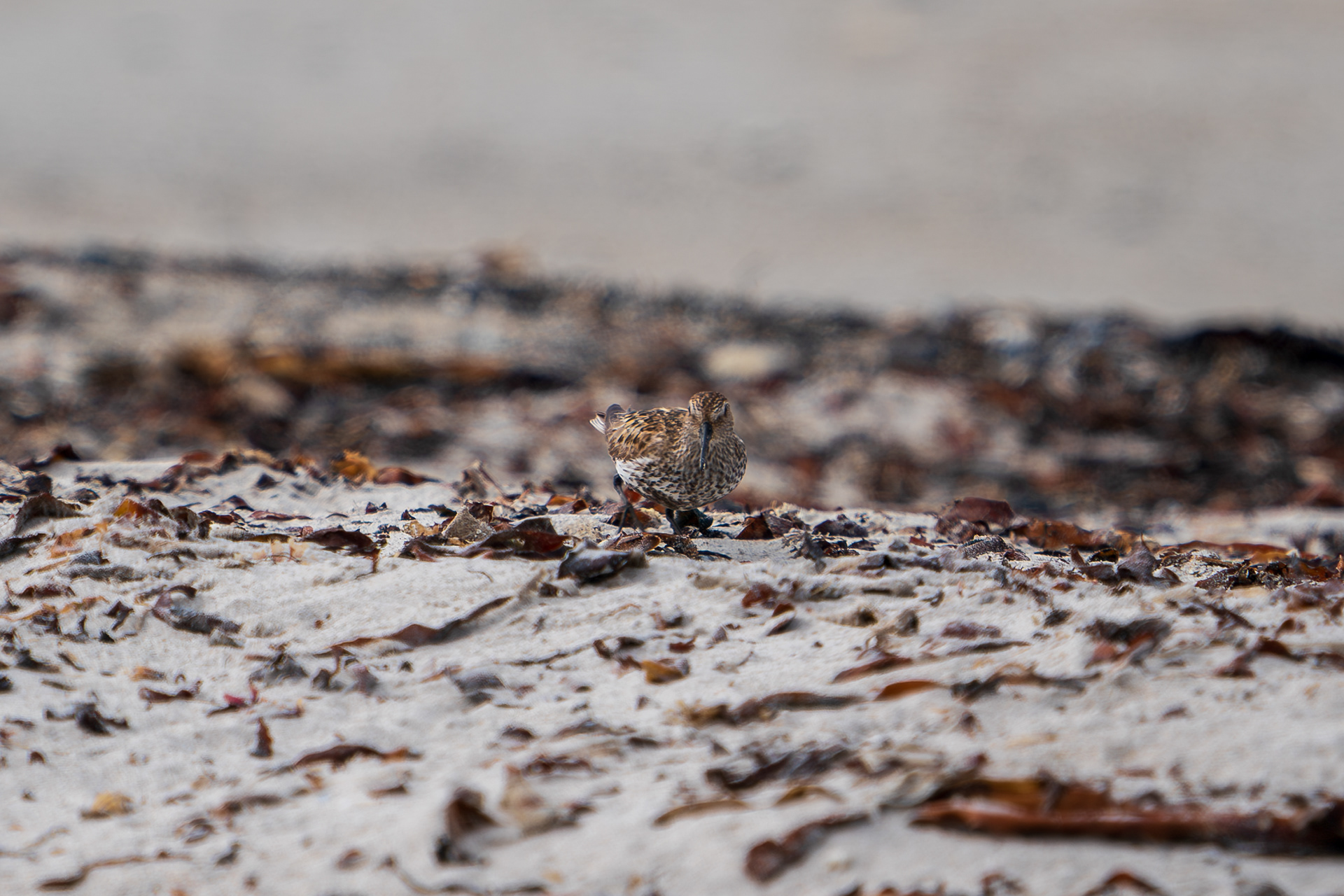
Purple Sandpiper
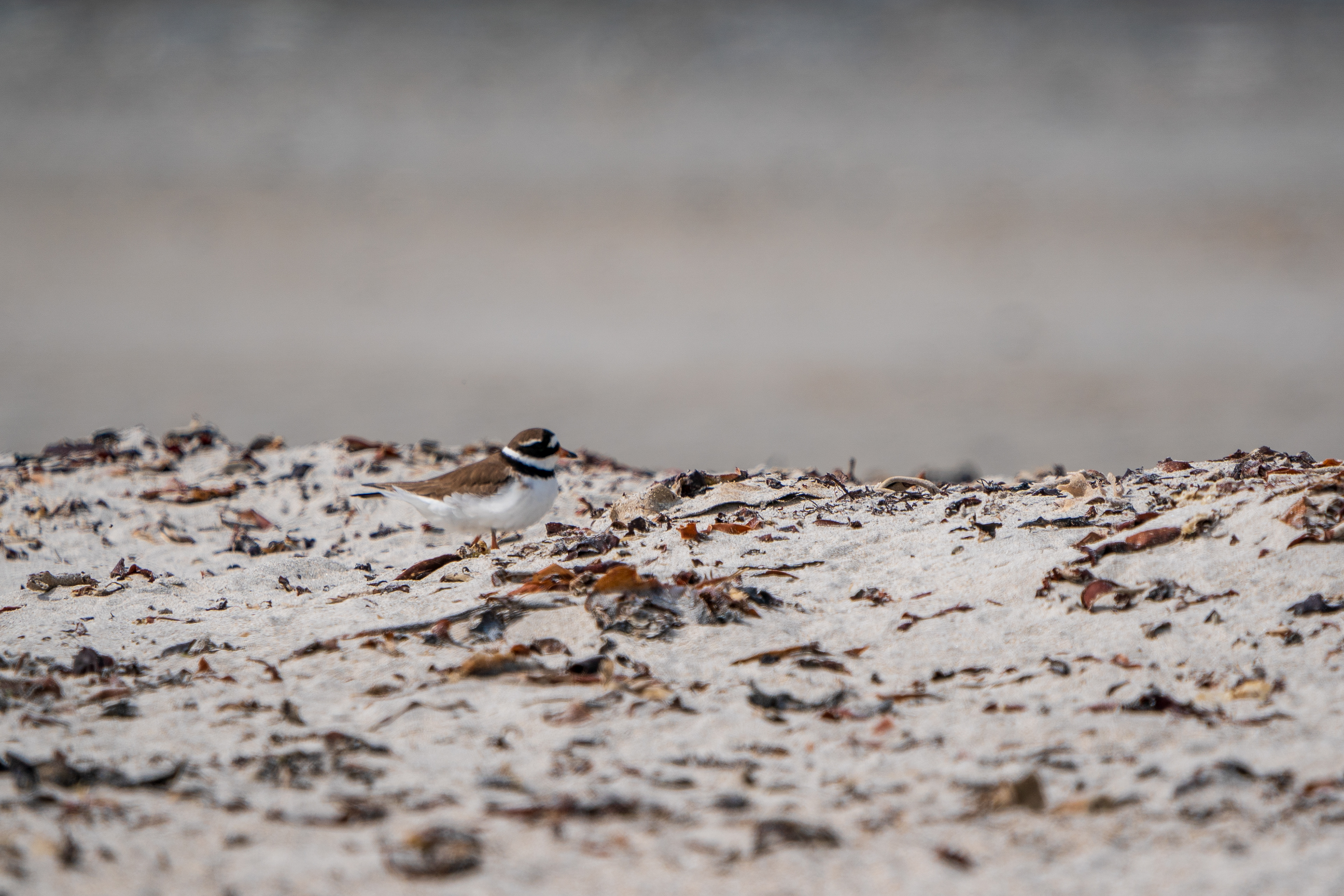
Common Ringed Plover
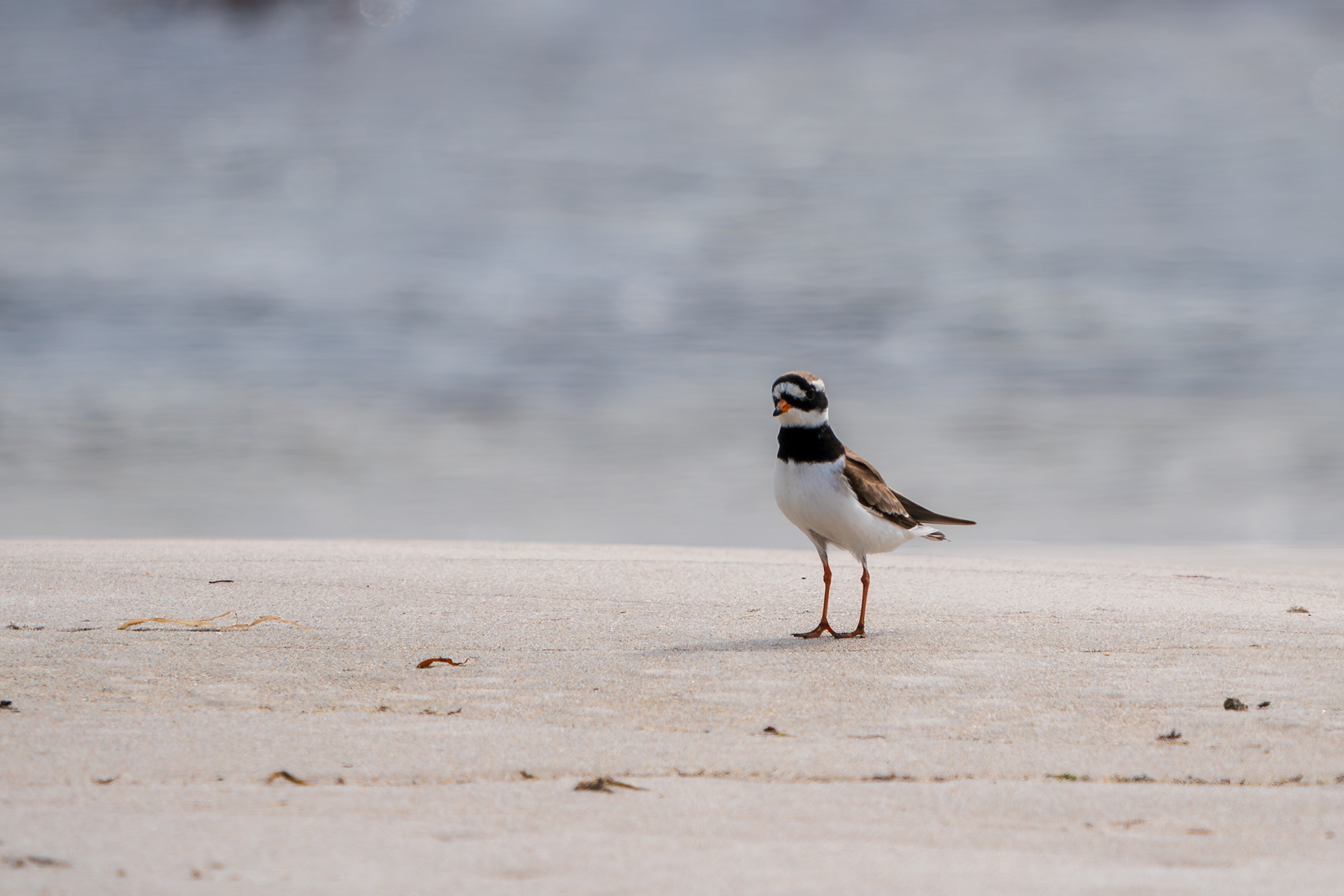
Common Ringed Plover
Rewarded by the singing of the Lesser Whitethroat
On the main island, I already noticed sightings of a Red-backed Shrike (Lanius collurio) a few days before our trip. Despite being able to take nice images of this species in Webbekoms Broek, I still couldn't resist taking a look at this species on a small island. Red-backed Shrikes are often linked to vast landscapes (formed by hedgerows, pollard willows, wood edges). Similar elements were present on Helgoland: at the spa (where the recent sightings were), the landscape is very open and here you only have vegetation of Buckthorn and Bramble. Good places to hide.
Believe it or not, but every day I passed here I did not hear or see a Red-backed Shrike. Though at one point I thought I saw this one at a far distance with binoculars. But I was not sure due to the annoying backlight and it only took a few seconds and the bird was gone.
Believe it or not, but every day I passed here I did not hear or see a Red-backed Shrike. Though at one point I thought I saw this one at a far distance with binoculars. But I was not sure due to the annoying backlight and it only took a few seconds and the bird was gone.
Despite the many search attempts, I got a nice reward on the last day, the song of a Black-backed Grebe. Babbling high notes in a fast tempo. Quick to get rid of it, because it takes a while when it starts singing again.I didn't have time this time, because before I realised it I had to be back at the Landungsbrücke in a hurry for a boat trip around the main island.
I definitely recommend a boat trip around the island! Not only for the beautiful view of the red cliffs from the water, but also to observe the "specials" hiding from the public. So through the binoculars I can spot European Shag (Phalacrocorax aristotelis), Red-breasted Merganser (Mergus serrator) and a Black Guillemot (Cepphus grylle). The latter was a mystery to myself, as a novice seabird spotter, that I saw and had to photograph in a matter of seconds. Fully speckled like an inverted Dalmatian (black with white dots) and with a distinctive white flag on its wings. Its distinctive slender red legs were the giveaways to identify it as Black Guillemot.
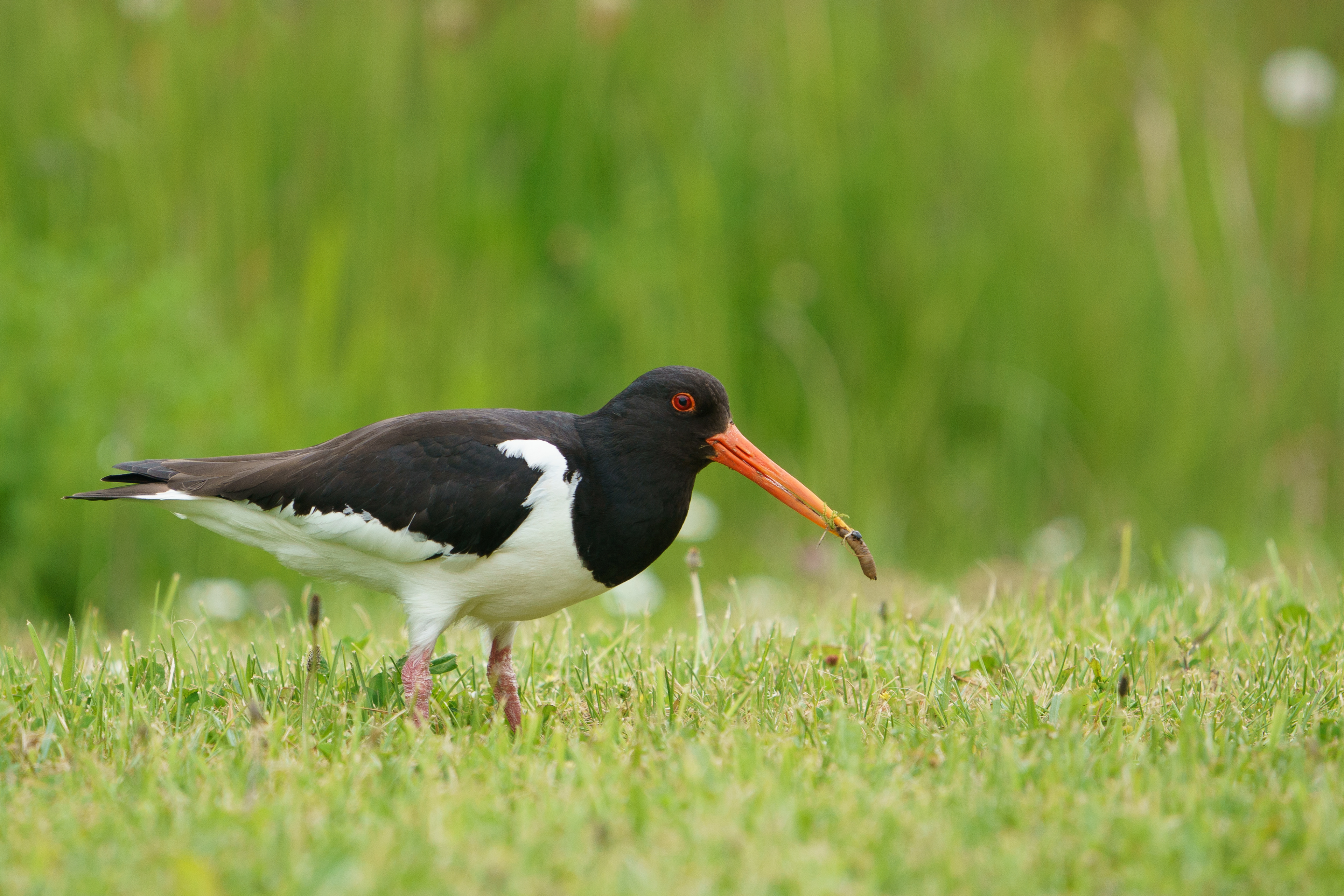
Eurasian Oystercatcher

Lesser Whitethroat
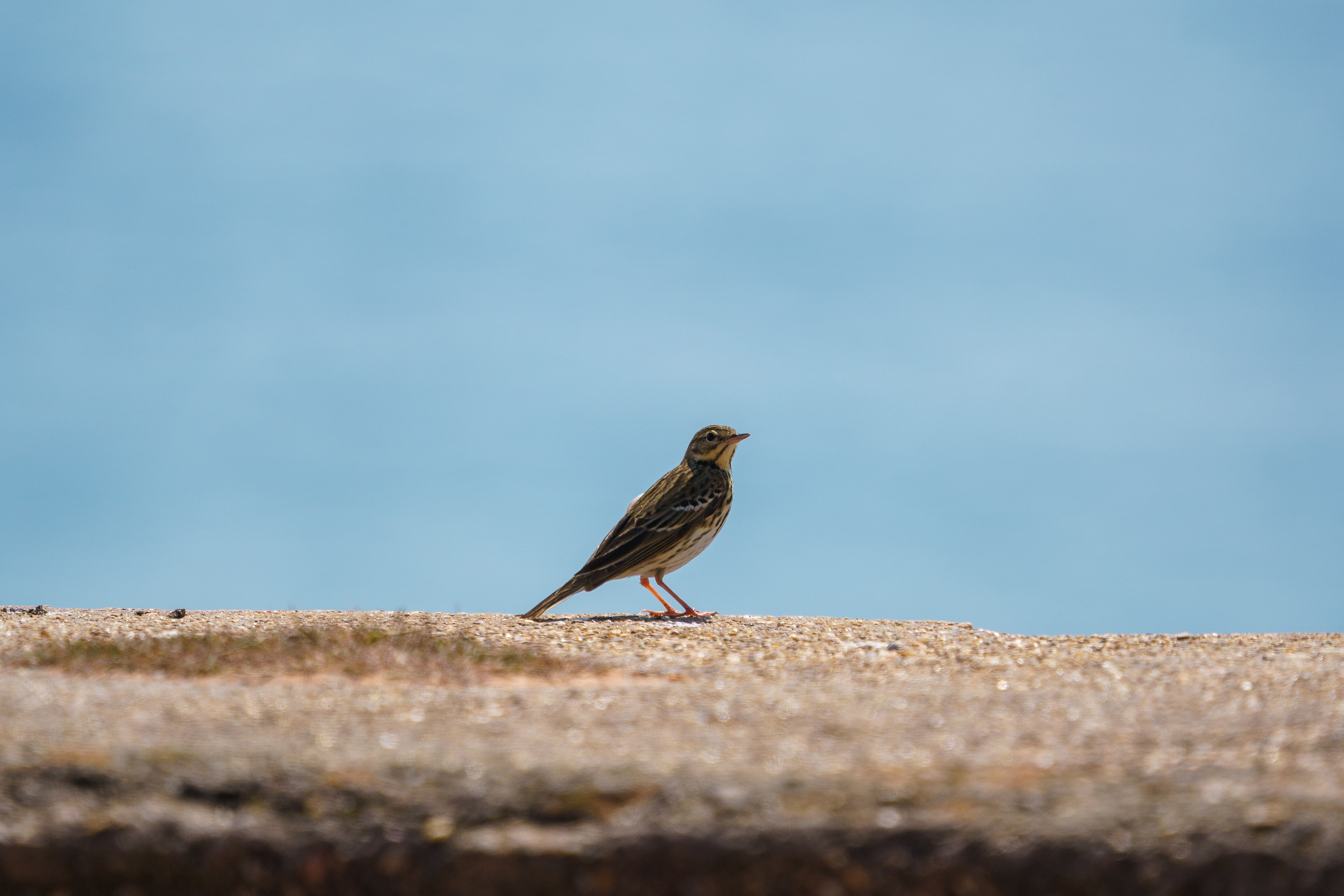
Meadow Pipit
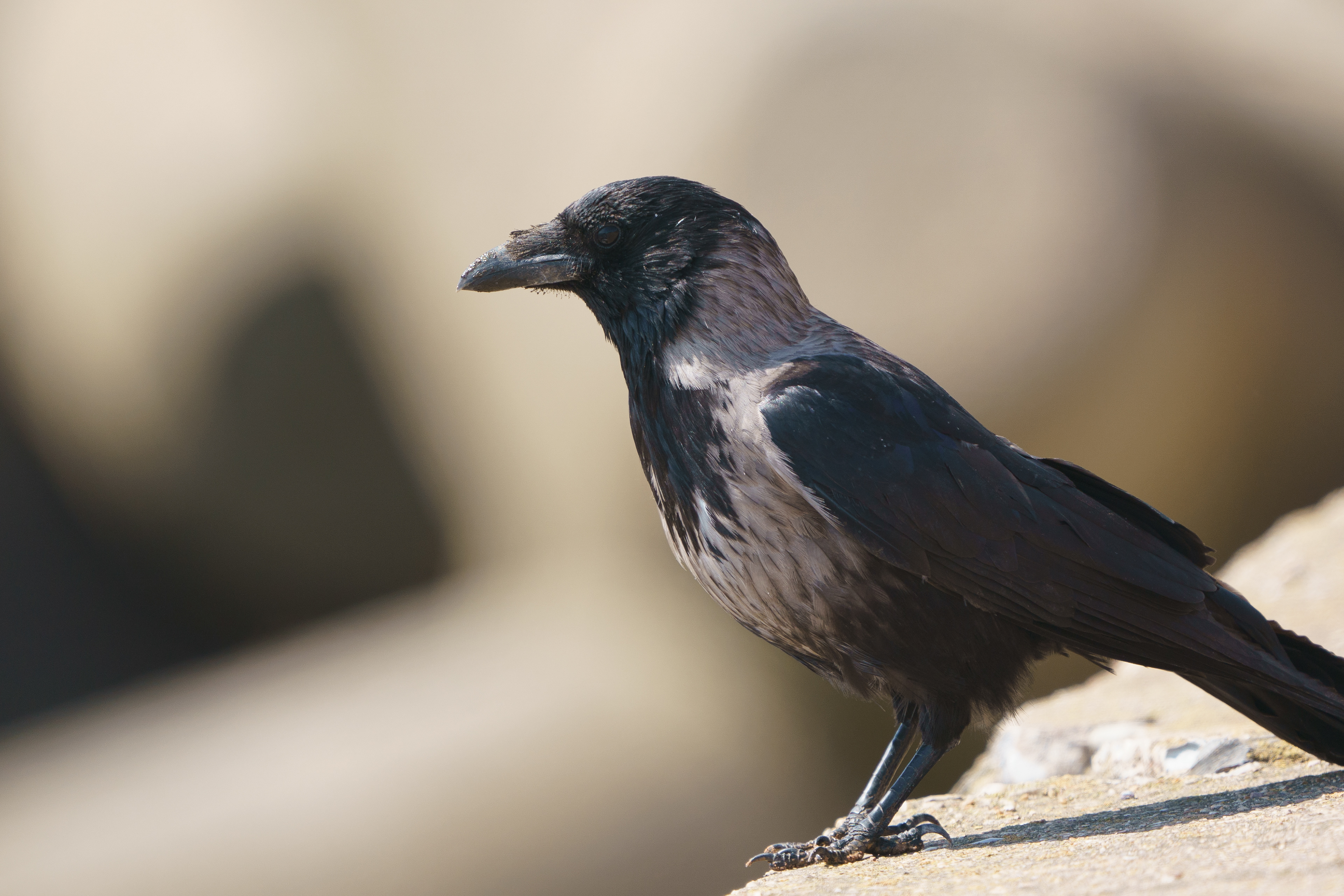
Hooded Crow
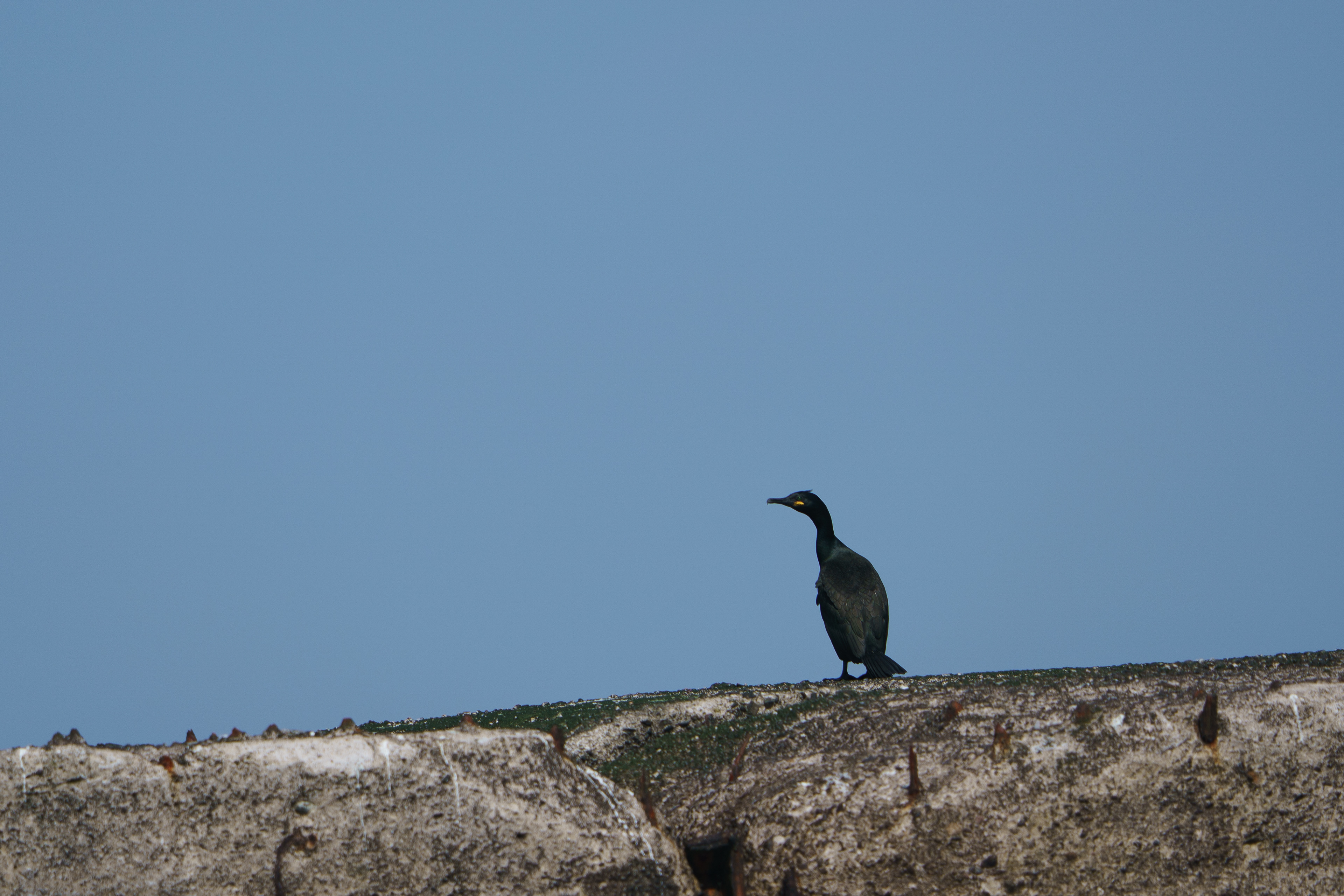
European Shag
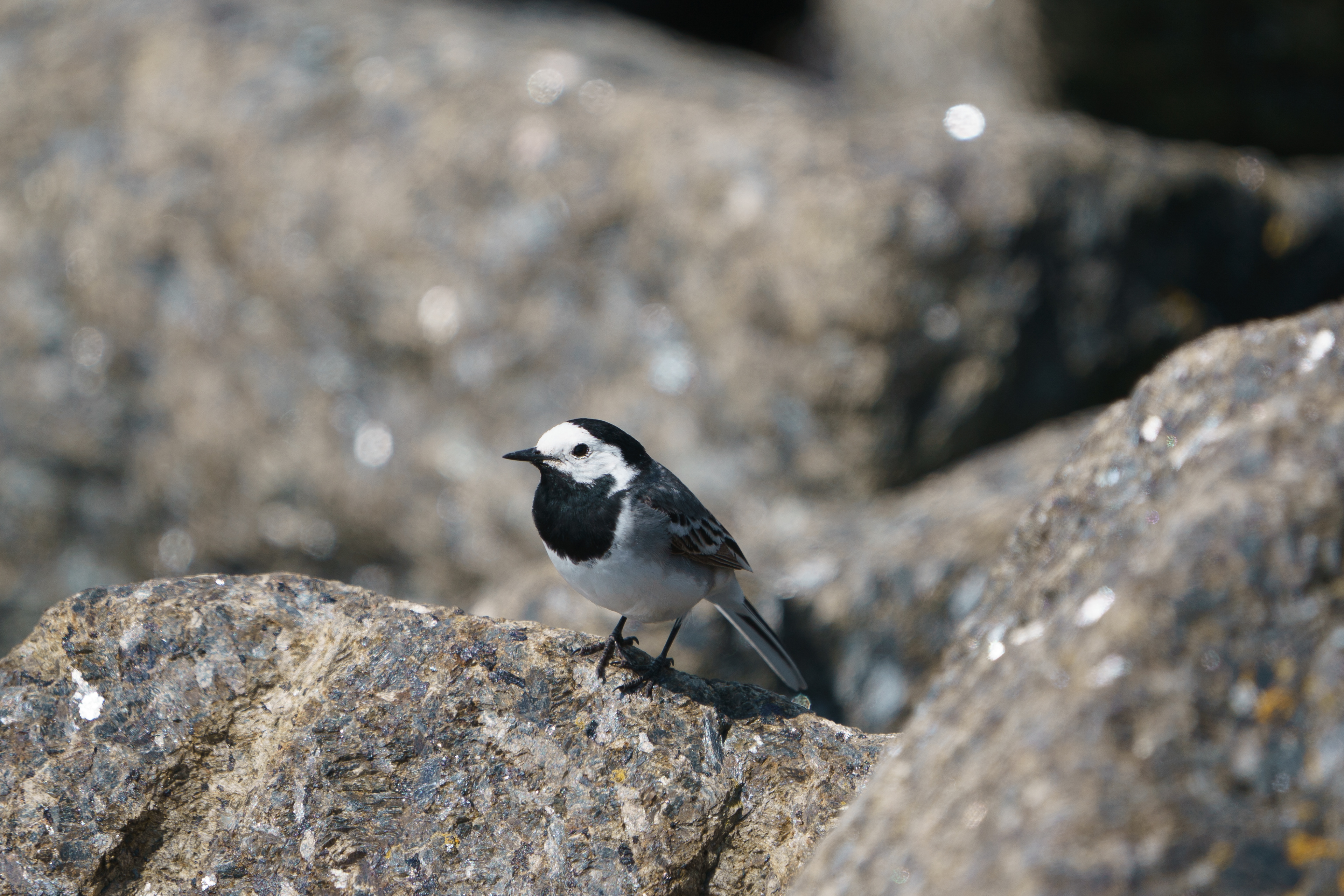
Pied Wagtail
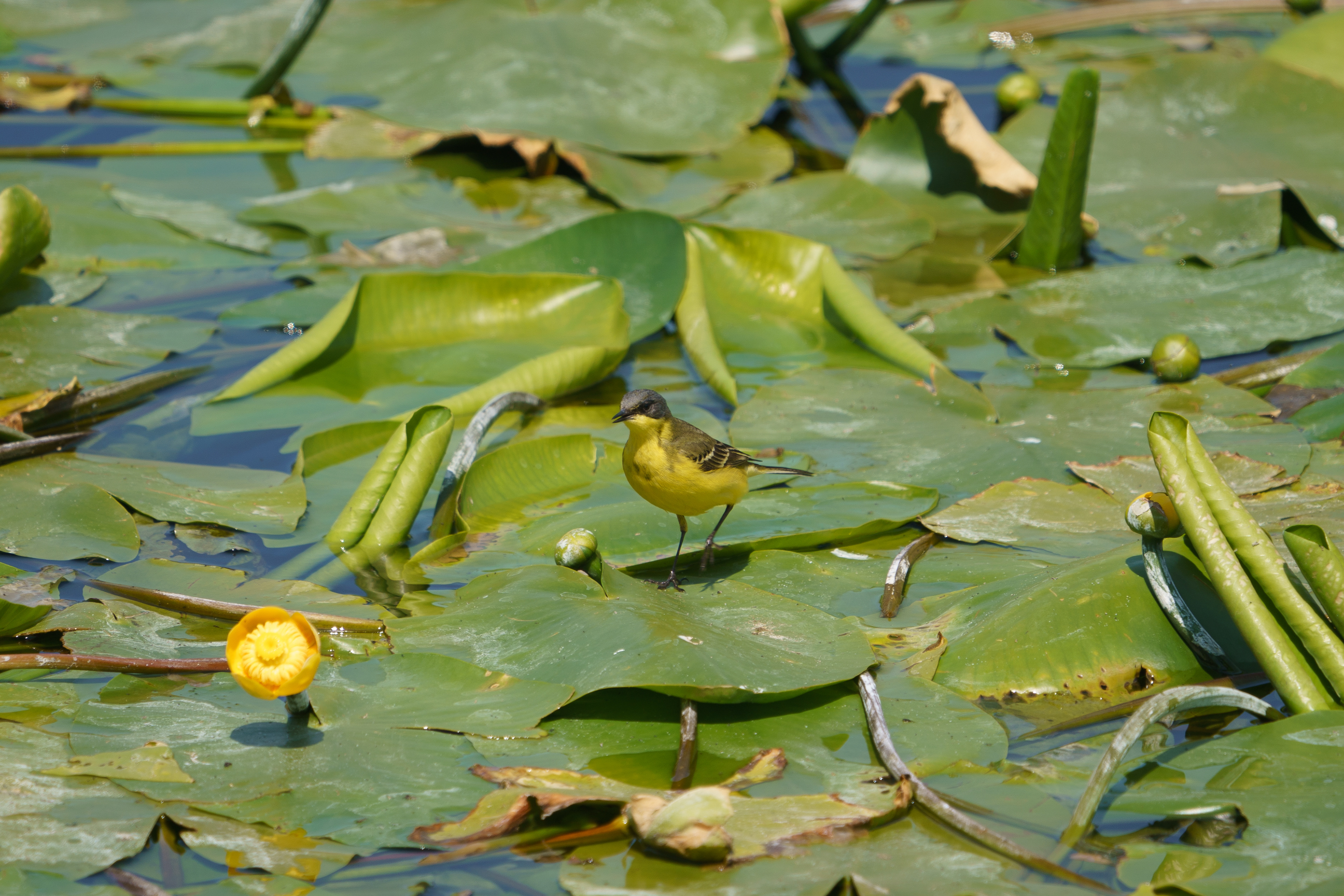
Grey-headed Wagtail
Summary and some tips
Those who wish to spend a few days on this small German island will be rewarded with several species, including some you won't easily encounter in Belgium, unless you join the Ostend-based VZW North Sea Pelagics on a sea trip.
Be sure to take plenty of time to admire everything in detail. You can get around the island in a day, but the beauty is often in the little corners...
June is an ideal time to be there thanks to the good weather and since you are in the middle of the breeding season you can enjoy nesting Northern Gannets with eggs or pullus between their webbed feet. The spring and autumn migration are also great times to be there.
There is a wide range of hotels and Bed & Breakfasts in Helgoland. The tip is to be quick. On the neighbouring island of Düne, you can either stay in a chalet or with your own tent.
If you enjoy dining out in the evening, it is also better to book a table early, and I am talking about a period of several weeks in advance. The tables at the better restaurants are flying out the door. You will also have to get used to the timings of the kitchen. Indeed, on the island, they start dinner early and in many places are not served after 8pm.
A return is definitely on the list for next year. Who knows, maybe with some birders. Will you join us?
BELOW, I OFFER SOME TIPS FOR THOSE WHO LIKE TO SET OFF ON THEIR OWN.
1) Those with walking difficulties or who do not wish to do the many stairs during their stay are advised to choose a stay in Oberland. Either you can use the Fahrstuhl, a lift, between Unterland and Oberland.
2) You are in a tax-free zone, so those who like to make a good buy can go browse around the many shops on the main street or specifically at an optician in Oberland. Don't expect high discounts on the latest binoculars released, but rather on previous models, branded clothing and perfume.
3) You are welcome with your dog on the main island, but on the nearby island of Düne, it is strictly forbidden for the local tranquillity of fauna, flora and sun-beaten oldtimers.
4) Book your hotel early, as well as a table for evening meals at the better restaurants. These fill up fast.
5) Brush up on your German language a bit, because apart from a few words of English, they don't speak any other language.
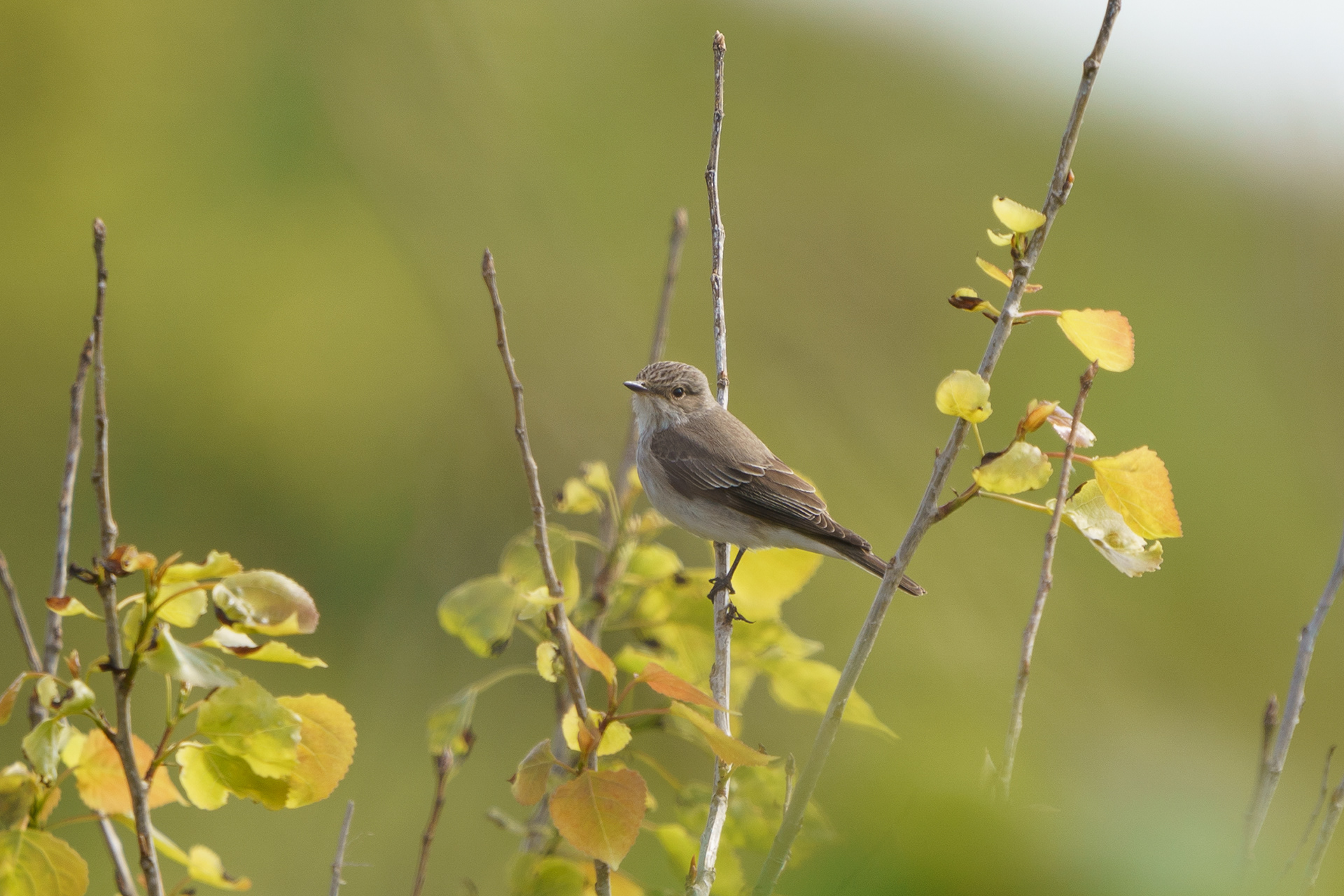
Spotted Flycatcher
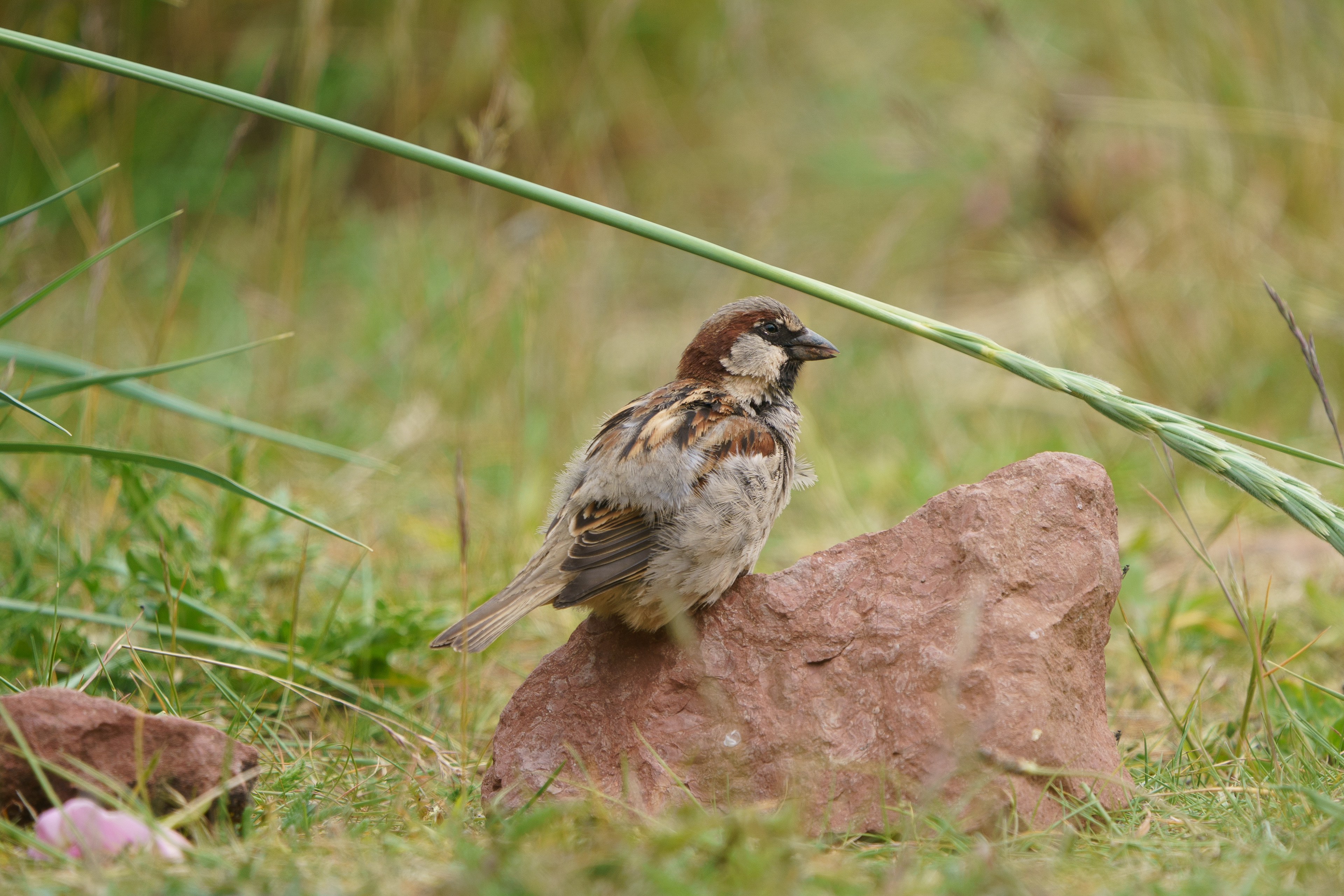
House Sparrow

Common Eider (male)
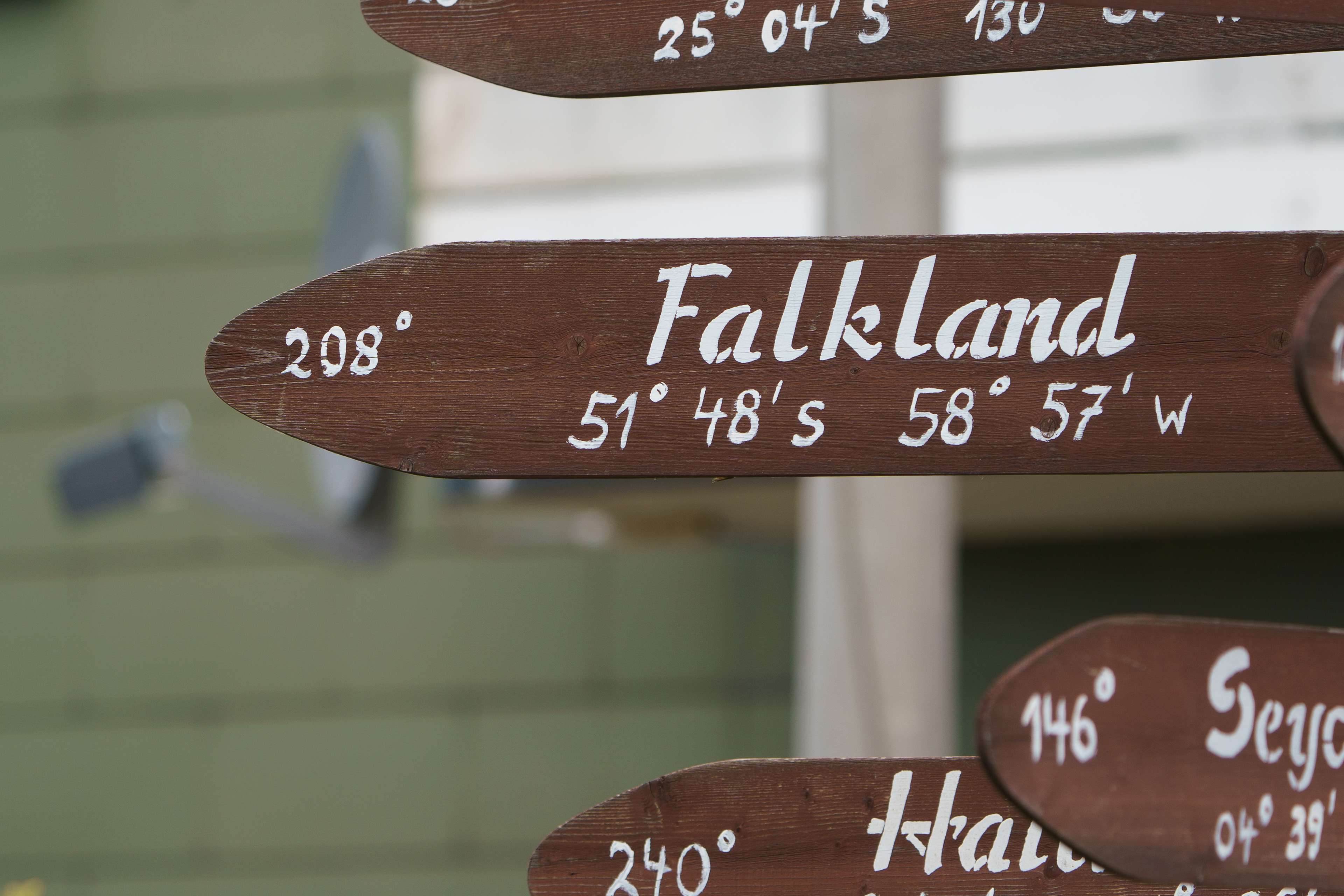
The Falklands - my next place on the bucket-list
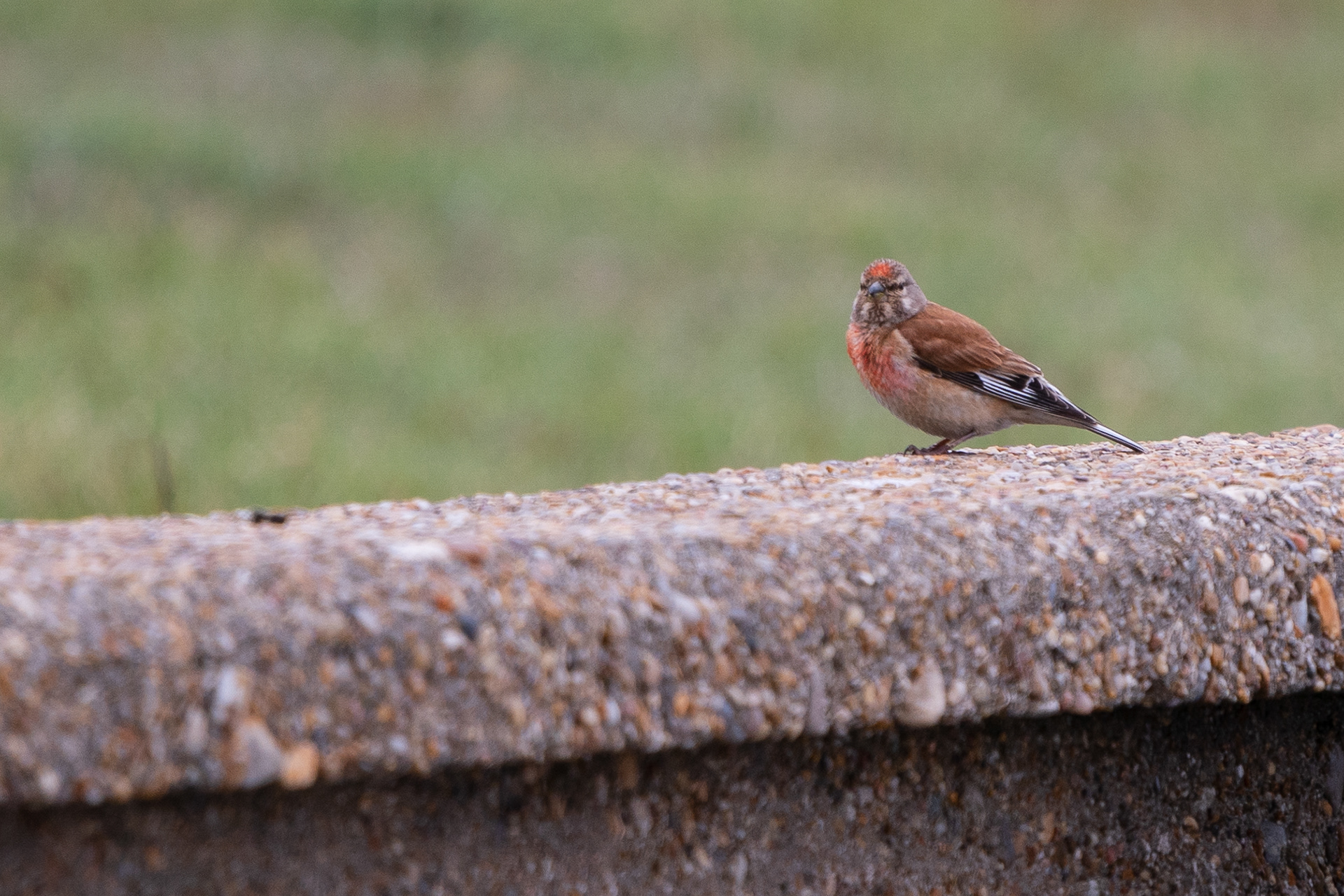
Common Linnet
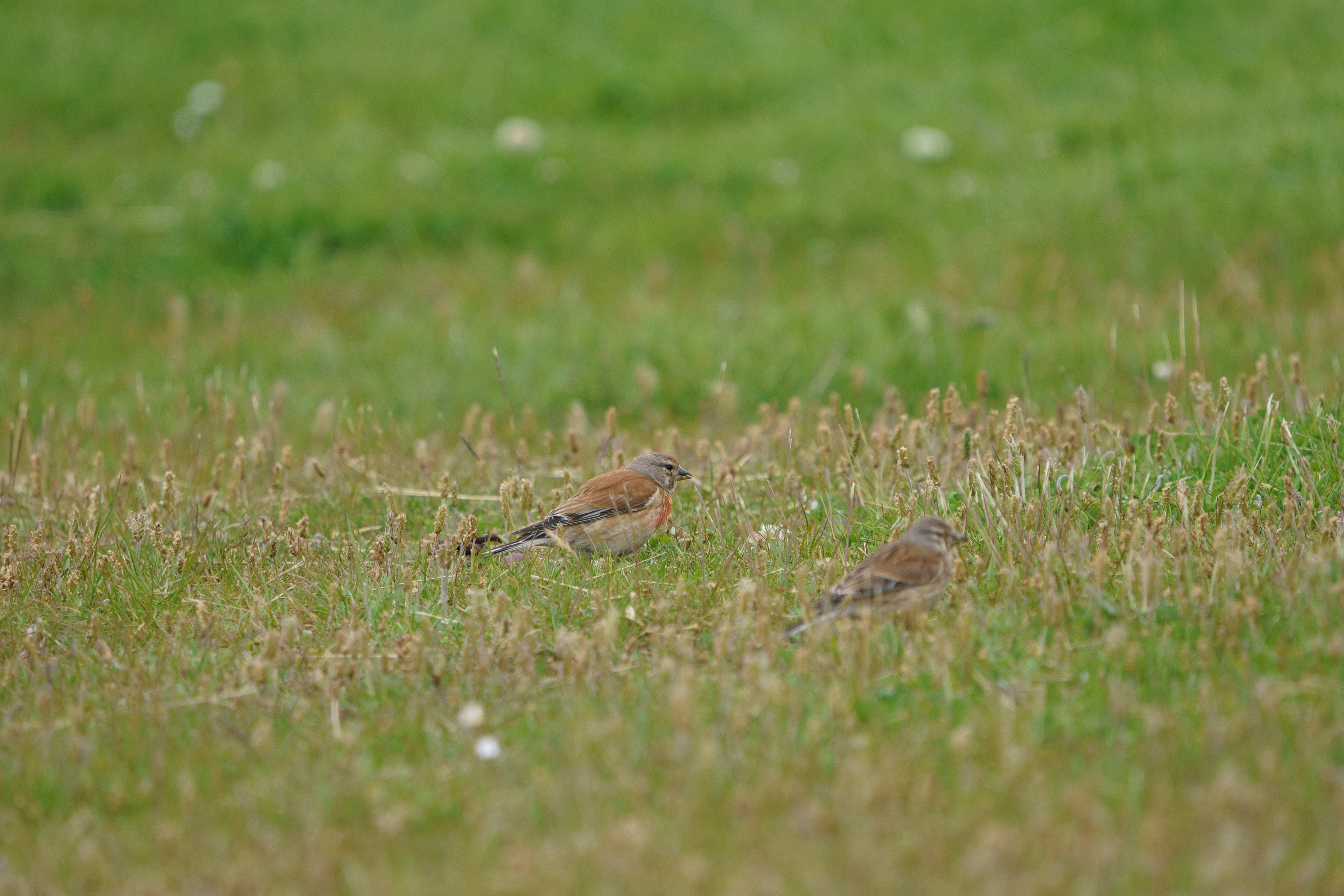
A pair of Common Linnets
